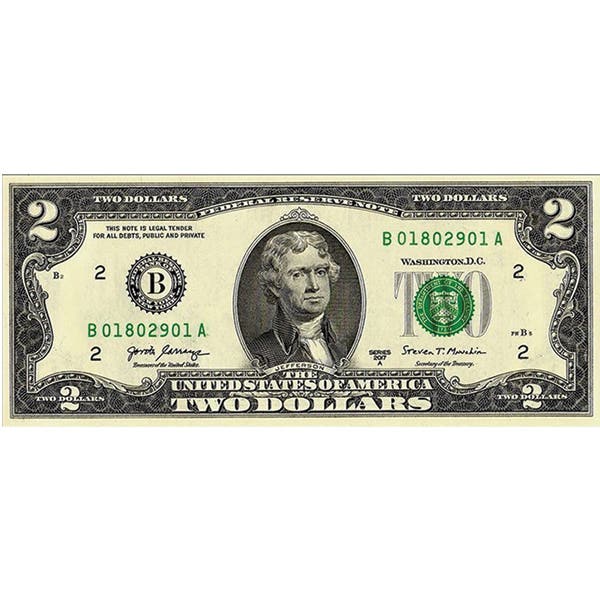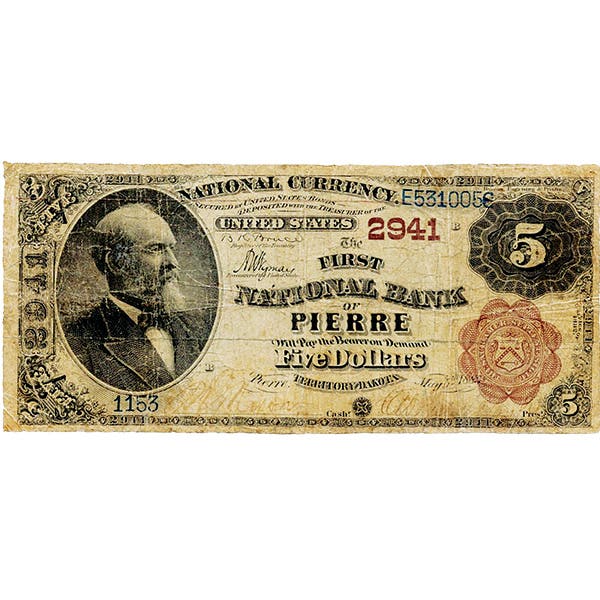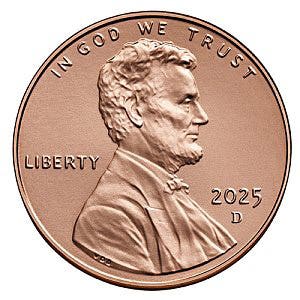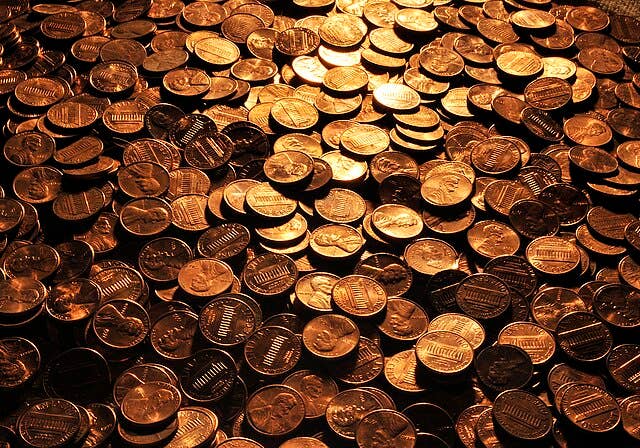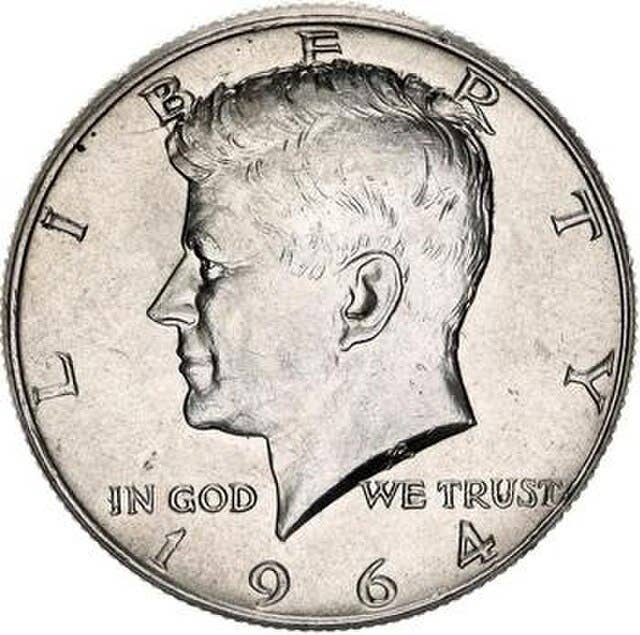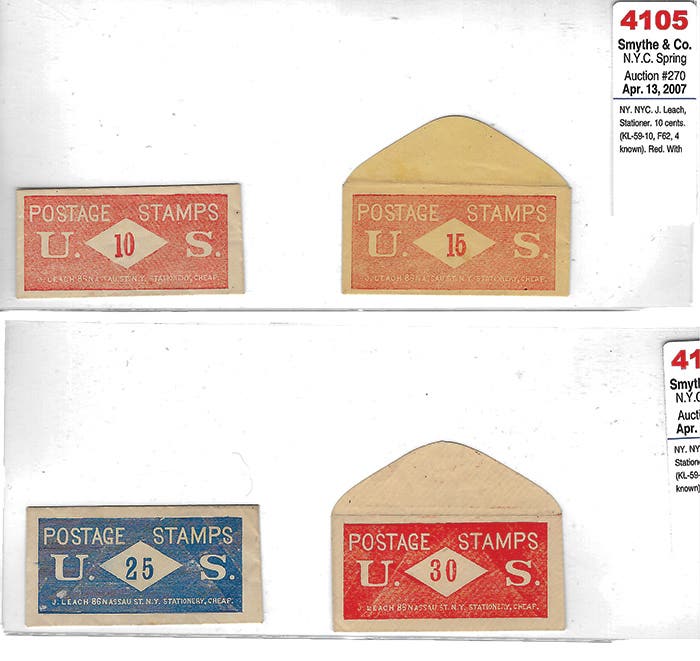Letters to the Editor (Nov. 14, 2017)
Silver Eagle set ‘rarities: Challenge or aggravation? Since 1996, I have, with some difficulty, accumulated a complete collection of proof silver Eagles. The primary “difficulty” was the 2011 Anniversary set…
Silver Eagle set ‘rarities: Challenge or aggravation?
Since 1996, I have, with some difficulty, accumulated a complete collection of proof silver Eagles. The primary “difficulty” was the 2011 Anniversary set that was sold out to dealers before collectors even had a chance. As a result, I had to pay $600 for the two artificially “rare” coins in the Anniversary set.
The marketing geniuses at the U.S. Mint have now created another “rare” (low mintage) proof silver eagle by including an “S” mintmarked proof eagle in the 2017 “Limited Edition Silver Proof Set.”
The Mint is obviously aware that it sells about 700,000 proof silver eagles each year to collectors and only about 35,000 Limited Edition Proof Sets. Accordingly, because 700,000 collectors will want to purchase the new “S” mintmarked proof silver eagle, and only 50,000 were made available for sale, the dealers who scooped up the new rarity will again be unjustly enriched at the expense of collectors.
Fortunately, this time, because Numismatic News informed me of the potential sell out, I was able to log on at noon to purchase my 2017-S mintmark proof silver eagle for only $140 before the issue sold out. What a deal.
Will there be an after-market for the thousands of the 2017 Limited Edition Proof Sets like mine that are missing the proof Eagle? I now have seven beautiful silver proof coins that I have no use for.
Don W. Crockett
Washington, D.C.
Who really wants sloppy celebrity autographs?
The letter from Pat McBride being surprised when a former teacher asked John Mercanti to sign his book legibly is surprising in itself. Does Pat like to sign their name illegibly? If so, are they proud of their sloppy signature?
Derek Jeter, the Yankee All Star shortstop, charged $350 for his autograph. It is a bunch of illegible loops. With a signature as illegible as that, he should have become a doctor like his father!
J. Vogel
New York City
Paper’s issue number same as last week’s
I just received yet another issue #25 of Numismatic News. The first one is dated Oct. 3 and the other issue I just received today is dated Oct. 17. Both issues show Vol. 66 No. 25.
Joe Kanta
Address withheld
Editor’s note: Thanks for pointing this out. Our apologies for putting the wrong issue number with the correct date.
Looking at Kennedy halves shows differing reverses
I now have two 1974-D Kennedy half dollars in my collection book. Today I found one with what I call the “new” reverse. It’s more like the reverse after the late 1980s (1985?) with a bigger but scrawnier eagle. I think the shield is larger. At any rate, the giveaway is the four rays under the eagle’s beak with the ribbon.
On the new reverse, the ray that cuts through the “R” of PLURIBUS on the ribbon is very clear below the beak. On the old reverse, no.
I’m looking at a 1993-P with an obvious new Kennedy, particularly the hair detail. That type of reverse on a 1974-D, I don’t see that reverse until 1985 anywhere else, but I’ll keep looking.
The Red Book says, “Design was slightly modified several times between 1971 and the present.” But I have two different coins of the same year now. I should get a cookie, but I’ll take the coin.
David M. Williams
Virginia Beach, Va.
Replace American paper with new polymer notes
This week’s (Oct. 17, 2017) “Best of the Buzz” talks about fighting counterfeit paper money and changing designs of same. Technically, the designs are basically the same since the 1930s. Bigger heads on all the notes except the dollar bill. There has been some other modifications for the sake of security, but still, after a while, a counterfeiter will find a way to make his/her own bills.
Ever since paper money was introduced there have been counterfeiters and world governments producing “more secure” notes to combat the dilemma. And the cycle continued as the counterfeiters became more skilled in their “trade.” Even a “special blend” of paper and cloth fell short of the fight, as counterfeiters figured out the mix and had a reasonable facsimile for their notes. In the 1980s, Australia struck the first blow against counterfeiting by introducing polymer notes.
With polymer a government can introduce security measures that can’t be duplicated by even the best printer-duplicators available. A clear “window” in the note will show as “white space” on a reproduced (from a printer) bank note. Other “tricks” like printing parts of a number (i.e.: 20) on the obverse of the note and corresponding other parts on the reverse will look complete on the polymer note, but be incomplete on a reproduced note. A “security strip” can still be put in the note, but in such a way it won’t show on a reproduced note.
Polymer notes rather than paper are the best fighters against counterfeiters. Those countries who have switched to polymer have found a significant decline in having bogus notes circulate. It is time, America, to step out from the paper past into the polymer future. Oh, one more thing, get rid of those dreary “dead presidents.”
Bill Tuttle,
Cleveland, Ohio
Changes should be made to American money
It is wonderful that Kareem Abdul Jabbar is on the Citizens Coinage Advisory Committee. Maybe now he will see some of the unfairness and eliminate them.
Why is it that the Rev. Martin Luther King Jr., who was assassinated along with the Kennedy brothers, was never placed on a coin whereas both Kennedys were given it, though it took 30 years for Bobby Kennedy to appear and now it has been almost 50 years and Martin Luther King is still unrecognized.
The Native American dollars are so lovely and educational and the 2018 design with the feather and planets is a real knockout.
A King dollar could start a similar series. This black dollar should be similar and educational. I am told someone from Cleveland named Garret Morgan invented the traffic light and gas mask. George Washington Carver invented peanut butter and that Eli Whitney did not invent the cotton gin but got credit for an idea a slave had.
This is a good idea to eliminate the paper dollar so we can have these lovely educational native and African-American dollars circulating. As of now the Sacagawea dollars do not circulate but have to be purchased. How unfair. The paper dollar as it is is totally uninspiring. Poor George Washington, who is claimed as being the Father of Our Nation never even got a face-lift like our fellow presidents did on the paper currency a few years ago. Even the word “One” lacks inspiration.
The picture of Washington crossing the Delaware would be nice as would Mount Vernon or Mount Rushmore. He gets none of this. Discontinue the pathetic $1 bill for some really inspiring dollar coins. Canada is coming out with some inspirational coins.
The white Liberty Eagle coins get all the play as they are in silver and gold versions as well as fractionals. The buffalo is on the one-ounce gold. There are no fractionals or silver versions. The African American Liberty doesn’t even get a dollar denominated silver coin, but only a medal and isn’t even given fractionals. This is terribly unfair. I believe a circulating clad half dollar would be beautiful.
I am not a basketball fan although I am 6 foot six. I am rooting for Kareem to take us to the next level that we need to go and make the necessary corrections.
I do hope he will read this letter should it be published.
Bob Olekson
Parma, Ohio
This article was originally printed in Numismatic News. >> Subscribe today.
More Collecting Resources
• The Standard Catalog of World Coins, 1901-2000 is your guide to images, prices and information on coinage of the 1900s.
• Purchase your copy of The Essential Guide to Investing in Precious Metals today to get started on making all the right investing decisions.




